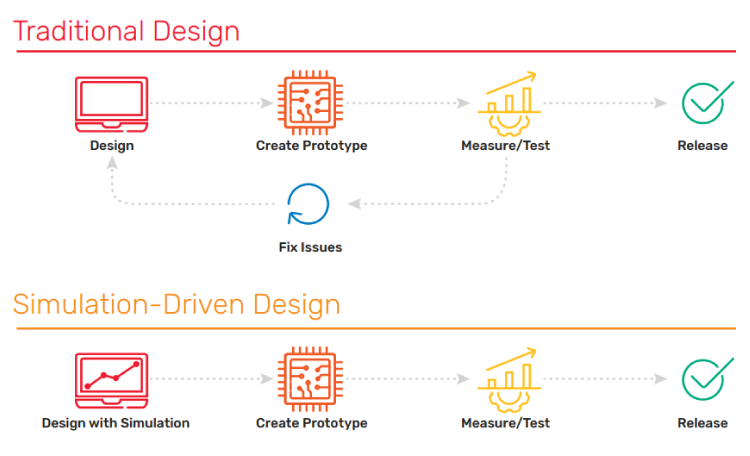Success Story
Rohde & Schwarz and Cadence
R&S Achieves 35% Productivity Gain in Thermal Simulation Times with Celsius EC Solver
Overview
Key Challenges
Rohde & Schwarz (R&S) is a leading manufacturer of test and measurement (T&M), secure communications, monitoring and network testing, and broadcasting equipment. R&S knows that as electronic devices are becoming smaller, more sophisticated, and more high powered, thermal issues can affect performance and reliability. Increasingly, a key design requirement for these devices is thermal analysis.
R&S designers were having trouble with their existing thermal analysis software—it was not meeting their analysis requirements due to lack of capacity and mechanical, mechanical computer-aided design (MCAD) import capability, long simulation times, and simulation failures. They wanted to explore more robust and reliable solutions.
Upon learning that Cadence now offers the Celsius EC Solver (formerly 6SigmaET) electronics cooling simulation software for accurate and fast analysis of the thermal performance of electronic systems along with the Celsius Thermal Solver electrothermal co-simulation for system analysis, R&S designers decided to evaluate the Celsius EC Solver in 12 different test cases and compare the results to another thermal solver.
The Solution
A side-by-side comparison was conducted between the Celsius EC Solver and a comparable thermal simulation tool. The experiment concentrated on pre-processing, meshing, solving, and post-processing. In total, 12 cases of varying size and complexity were analyzed.
The competing software failed to solve seven of the 12 models despite heavy simplification and could only solve the remaining five models in a very simplified version. The Celsius EC Solver, on the other hand, efficiently solved all 12 models without any simplification. As shown in Figure 1, the Celsius EC Solver accomplished the CAD import, gridding, simulation, and analysis in 15 hours versus 45 hours by the alternative software.
With respect to the five models that were solved in low detail using the other tool, the Celsius EC Solver performed faster for four of those five models while retaining a high level of detail, including a full CAD model and PCB design. The fifth case resulted in a tie.
R&S designers found that, by using the Celsius EC Solver, pre-processing and CAD import were significantly faster than with the other thermal simulation software, which translated into a total increase in project time efficiency of 35%.
Summary
Selecting the Celsius EC Solver enabled R&S designers to significantly decrease their simulation run time, which cut the time required for prototyping and testing, ultimately improving overall productivity and time to market. Figure 2 provides a comparison of a traditional design flow versus a simulation-driven design flow that improves workflow and speeds up the design process.


